You might be carrying a small fortune in your wallet and not even know it. A rare Lincoln Wheat Penny, which looks just like any other old coin, has been valued at $3.36 million. Yes, you read that right – a small copper coin, once worth only one cent, is now worth crores of rupees.
This penny isn’t locked away in a museum or private collection. In fact, it’s believed that some of these rare coins might still be in circulation. That means someone could unknowingly spend one at a grocery store or pass it on as loose change. This is why collectors and curious people are now taking a second look at every penny they come across.
What Is the Lincoln Wheat Penny?
The Lincoln Wheat Penny, also known as the “Wheat Cent,” was minted between 1909 and 1958. It gets its name from the two stalks of wheat printed on the back side of the coin. The front has a portrait of Abraham Lincoln, making it the first U.S. coin to feature a real person rather than a symbol or design.
These pennies were common back in the day. Most of them are only worth a little more than one cent to collectors. But a few rare ones – with minting errors or produced in extremely small quantities – are worth lakhs or even crores of rupees now.
Why Is This Particular Penny Worth So Much?
The penny in question, which sold for $3.36 million at auction, is believed to be a 1943 Lincoln Wheat Penny made from copper. During World War II, the U.S. government needed copper for war supplies. So, in 1943, they ordered all pennies to be made from steel instead of copper.
But somehow, a small number of 1943 pennies were still made with copper. These are called “error coins,” and they are extremely rare – only a few dozen are known to exist. Their value has shot up because of their unique mistake and historical significance.
How Can You Identify One?
You don’t need to be a coin expert to check if your penny is valuable. Here are a few simple ways to check if your coin might be worth something:
- Check the year: Look for a 1943 date on the penny.
- Check the metal: Steel pennies are attracted to magnets. If your 1943 penny is not attracted to a magnet, it could be copper – and worth a lot.
- Check the condition: Coins in better condition are usually worth more.
- Look for errors: Misprints, double stamping, or unusual colors can make the coin even more valuable.
Still, the best way to confirm if your penny is valuable is to have it inspected by a coin grading service or an experienced collector.
Other Valuable Pennies to Look For
It’s not just the 1943 copper penny that’s valuable. Here are a few other Lincoln Wheat Pennies that collectors are searching for:
- 1909-S VDB – One of the earliest and rarest Lincoln pennies.
- 1922 No D – A rare mint error from Denver Mint.
- 1955 Double Die – A clear doubling of letters on the coin.
- 1944 Steel Penny – Another mistake year when steel was used instead of copper.
Each of these can fetch thousands to millions depending on condition.
Why Are People So Interested in These Pennies?
The idea that a simple coin from everyday life could be worth millions is exciting for many. For coin collectors, or numismatists, rare coins are like hidden treasures. They represent history, art, and the thrill of the hunt. And for everyday people, it’s a fun way to engage with something as ordinary as spare change.
In recent years, stories of valuable coins being found in jars, piggy banks, or from shopkeepers have gone viral on social media. This has added even more interest and curiosity among the general public.
What Should You Do If You Think You Have One?
If you believe you’ve found a rare penny, don’t rush to spend it or clean it. Cleaning can reduce its value. Instead, follow these steps:
- Compare online – Look at photos of rare coins online to see if yours matches.
- Use a magnet – Especially for 1943 coins, test for copper.
- Visit a coin shop – Most cities have at least one coin dealer or pawn shop.
- Get it graded – Companies like PCGS or NGC will officially examine and grade your coin.
If it turns out to be valuable, you could sell it at auction or through a reputable dealer. Some collectors are willing to pay lakhs to crores for the right penny.

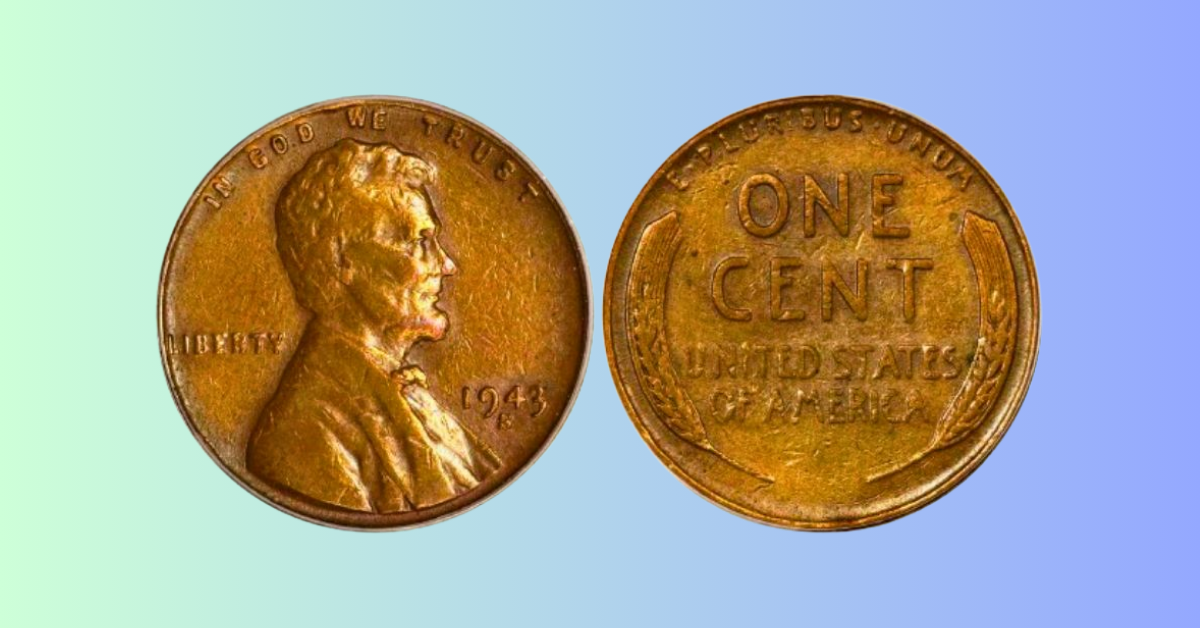
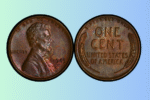
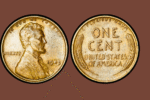
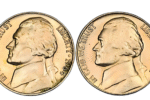
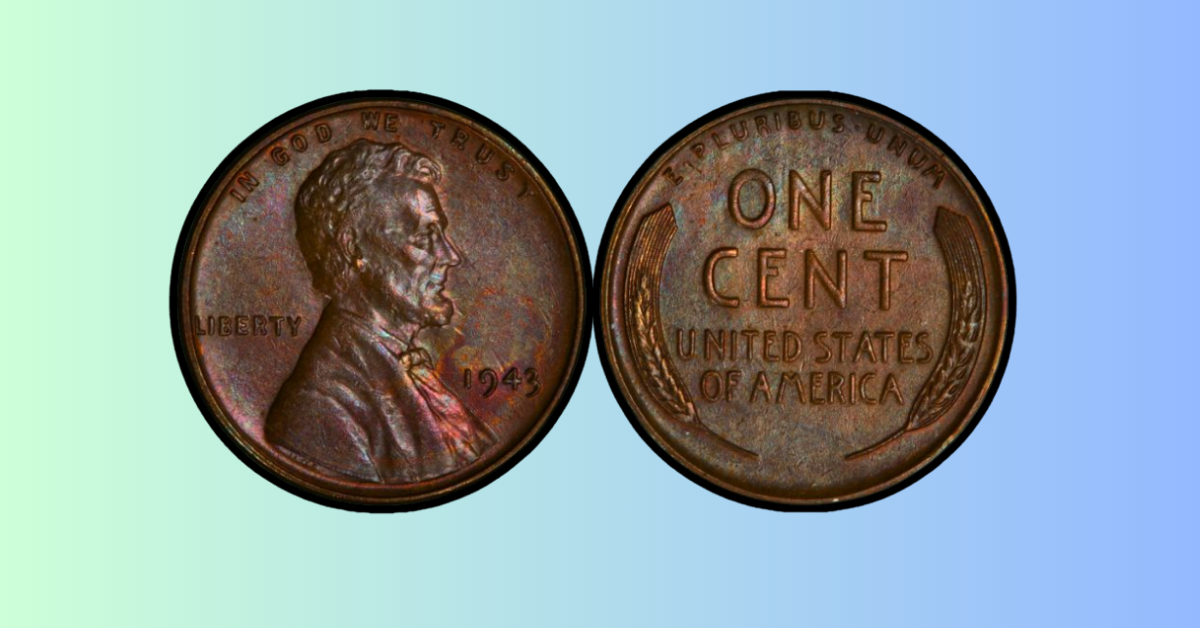
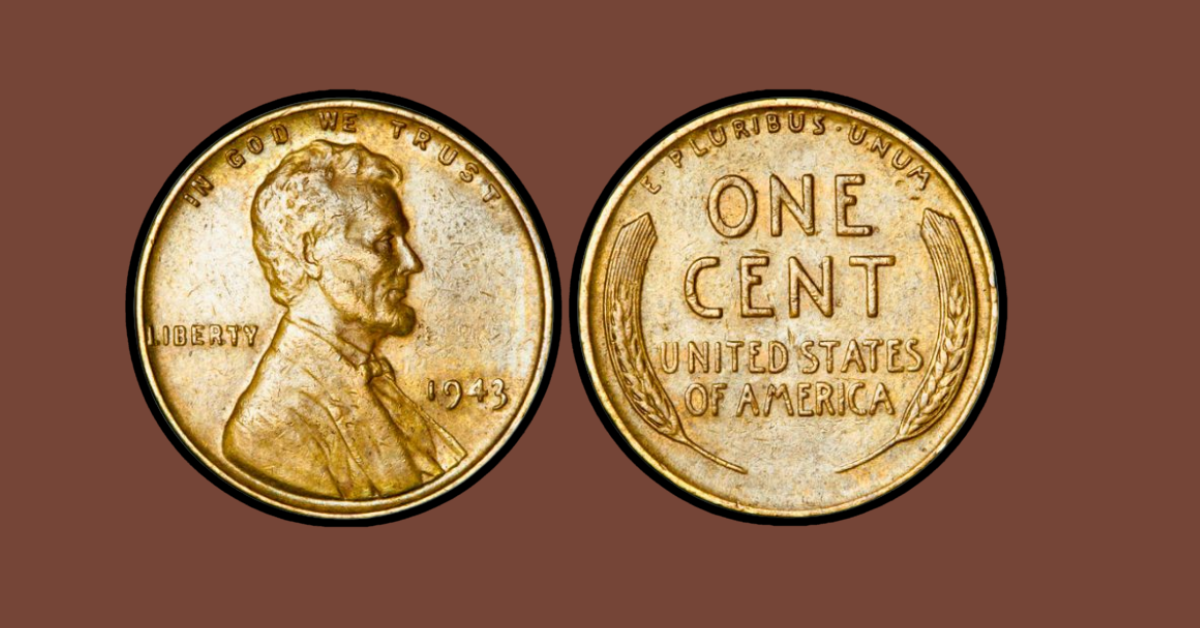
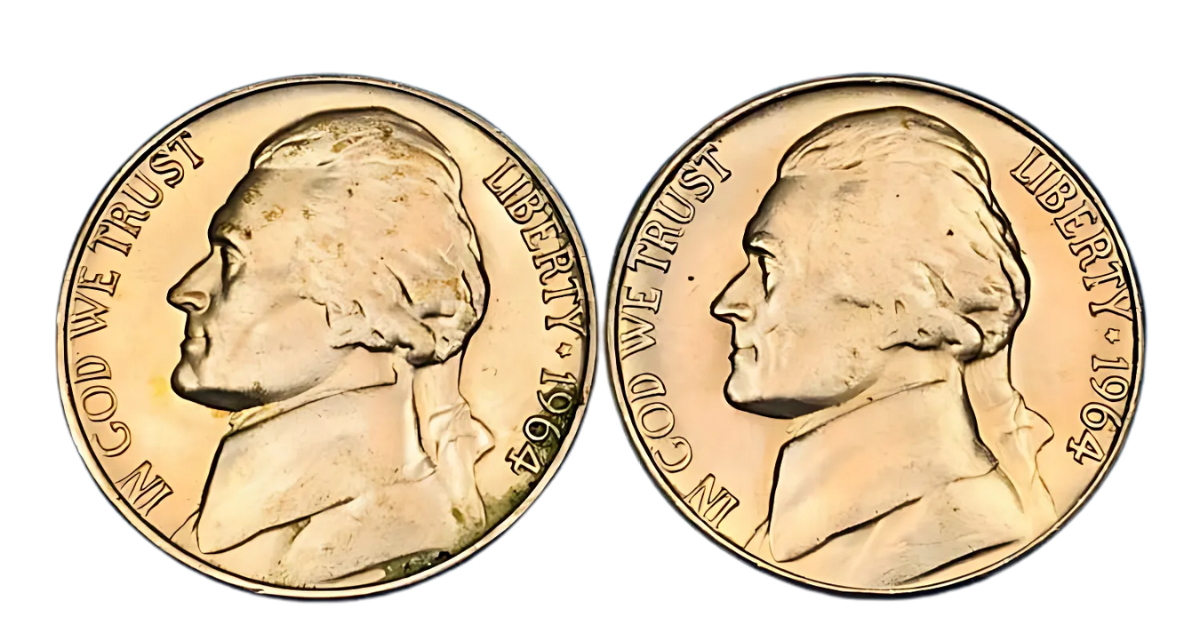
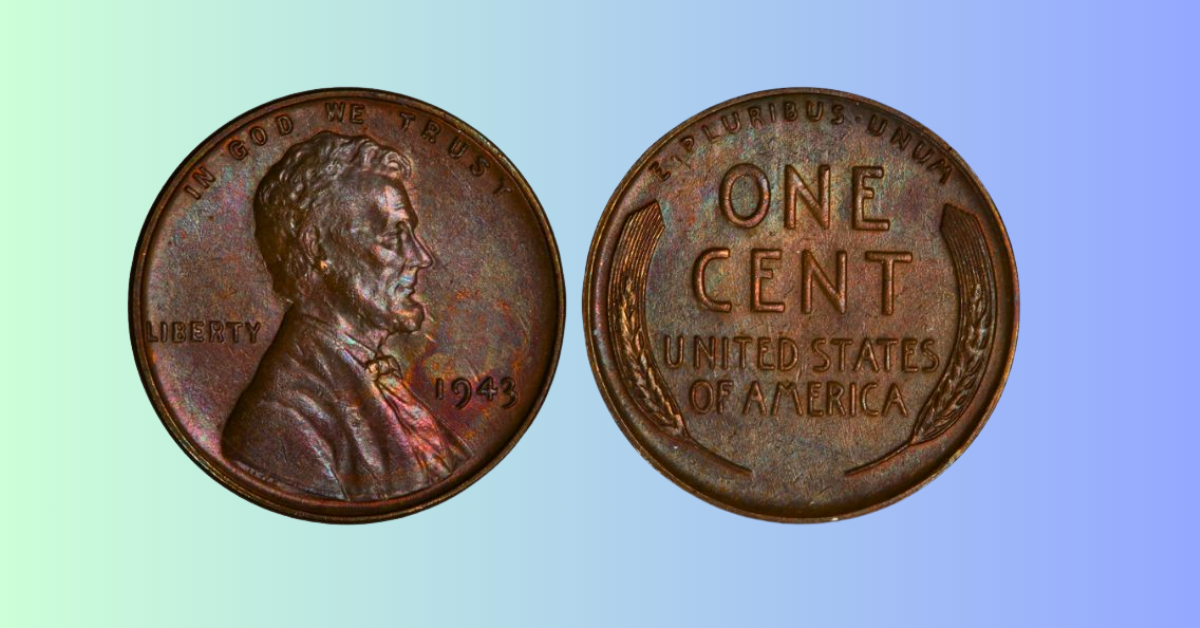
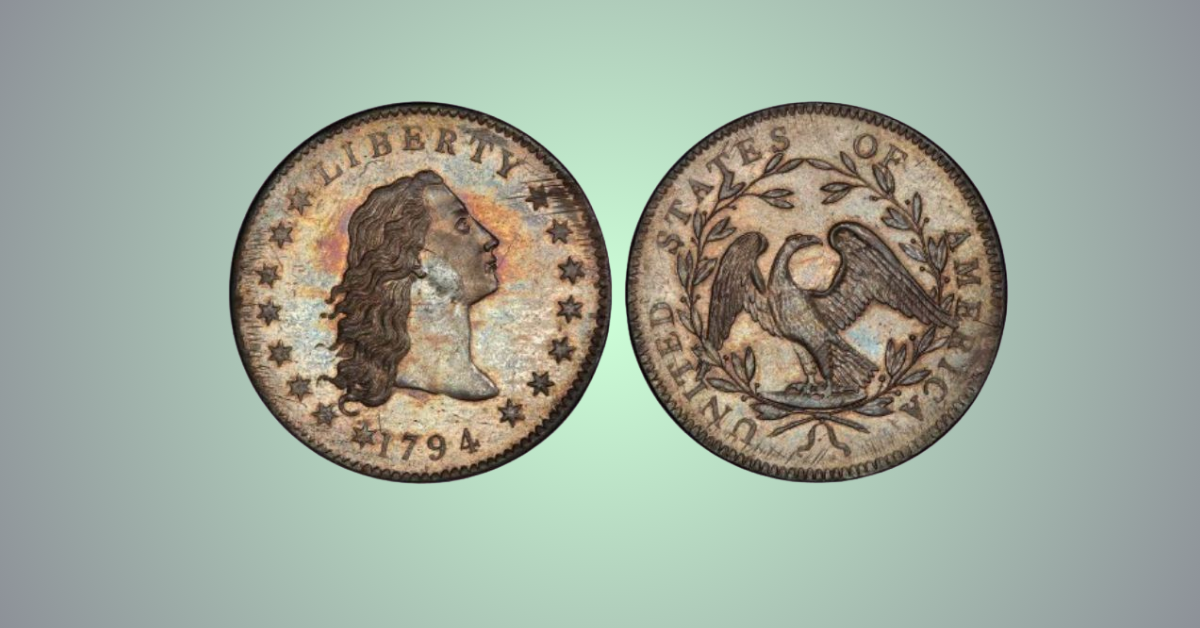
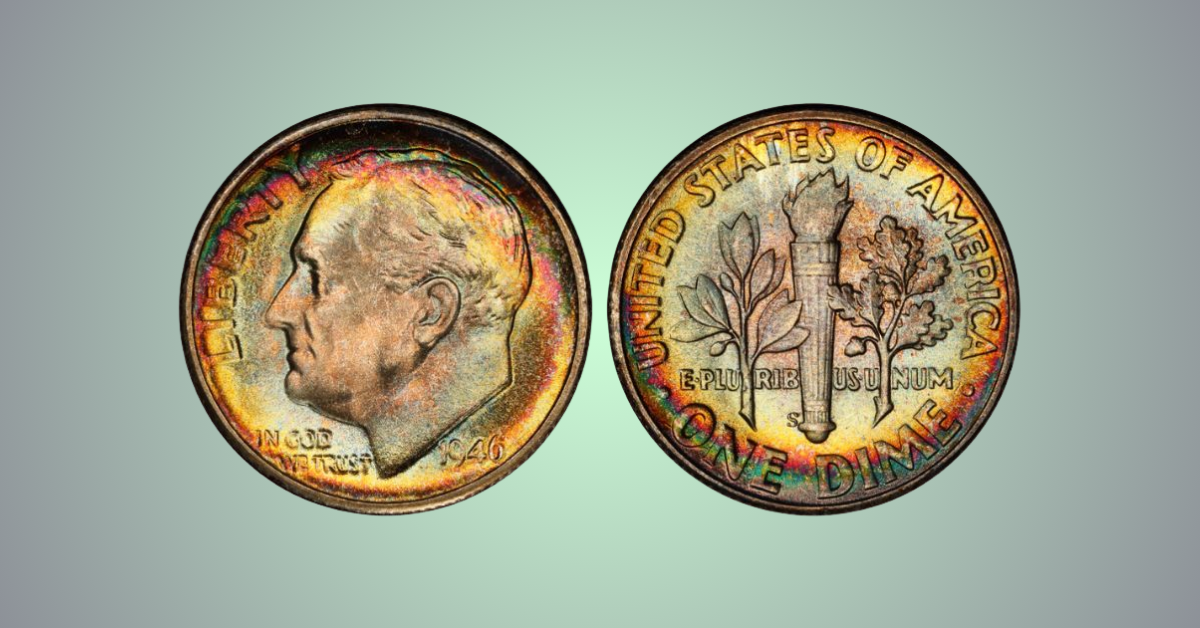
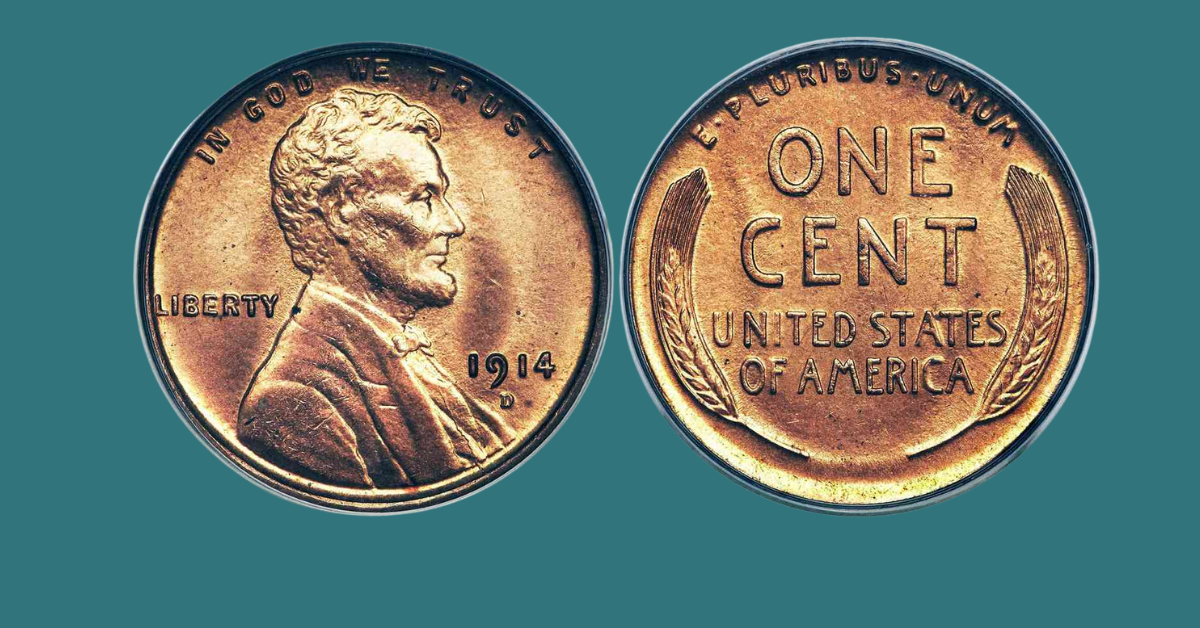
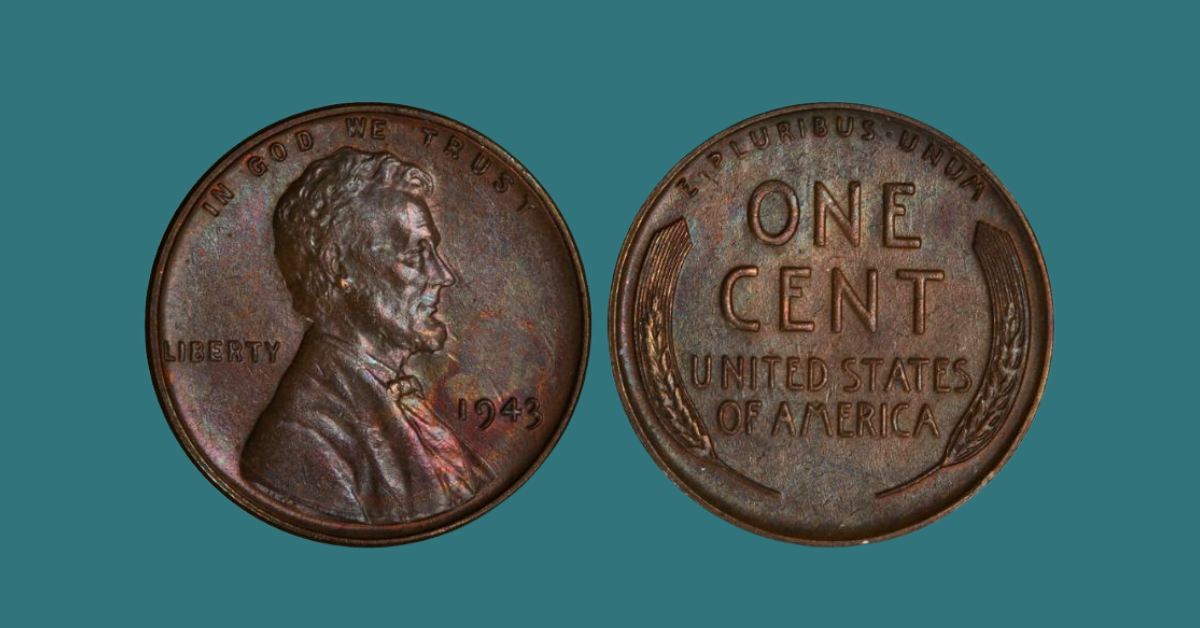
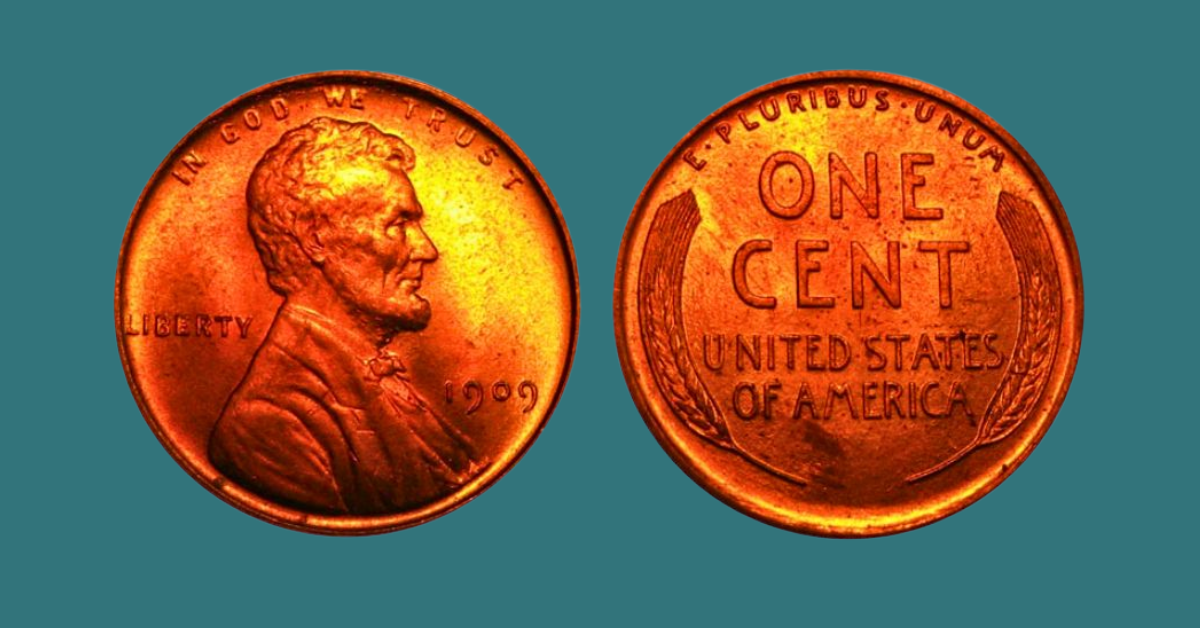
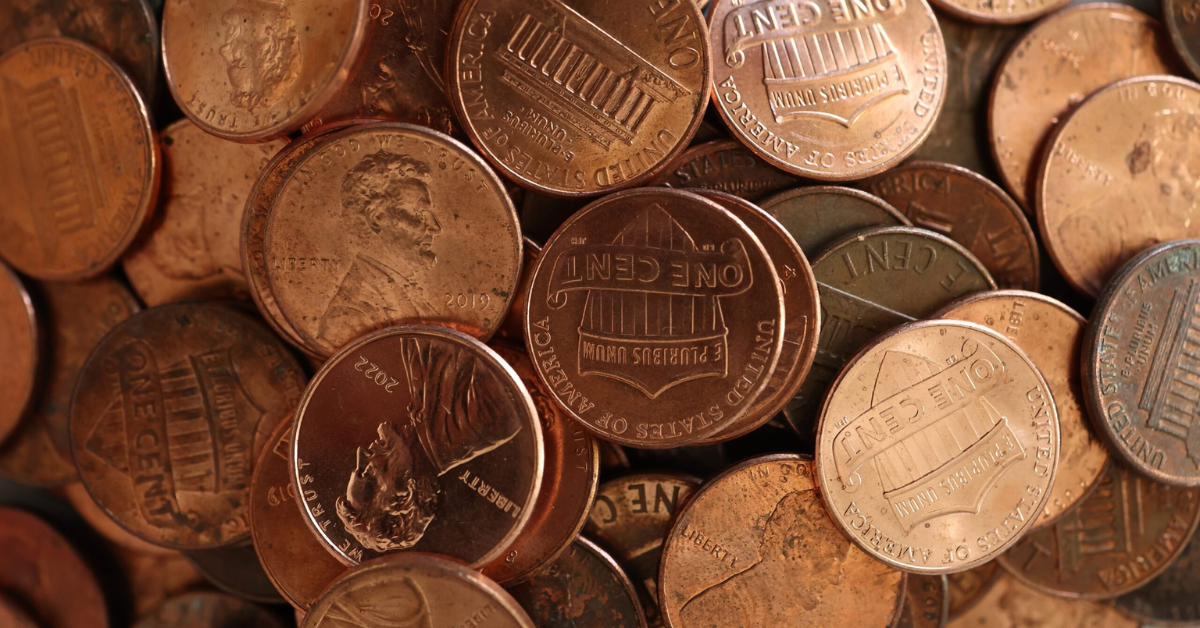
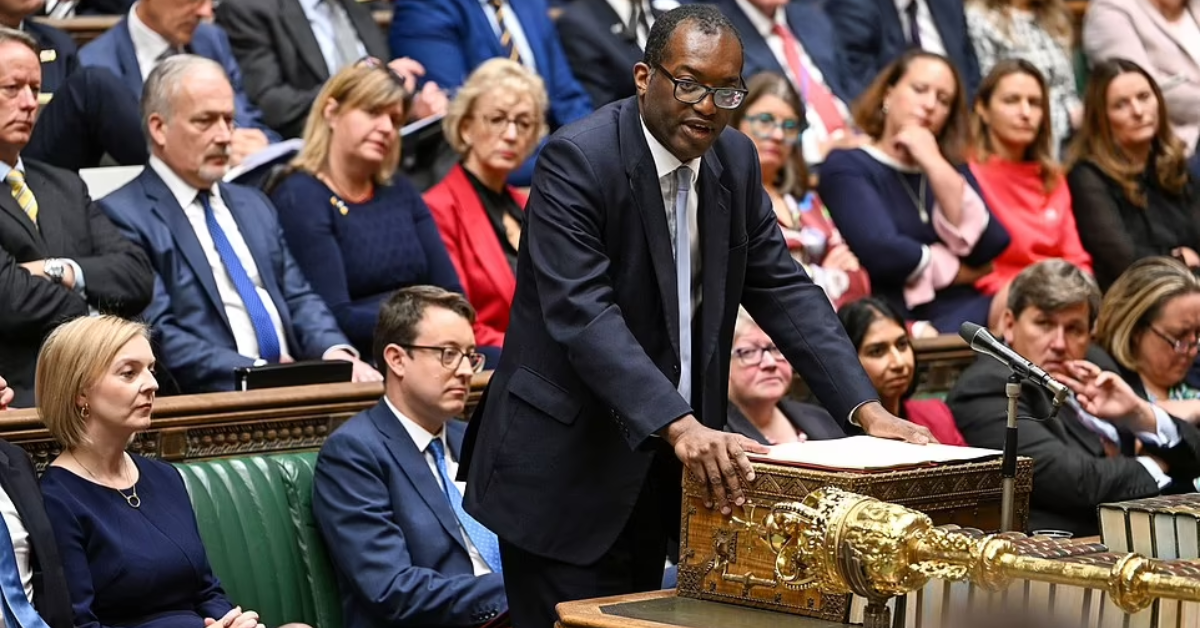

Leave a Reply